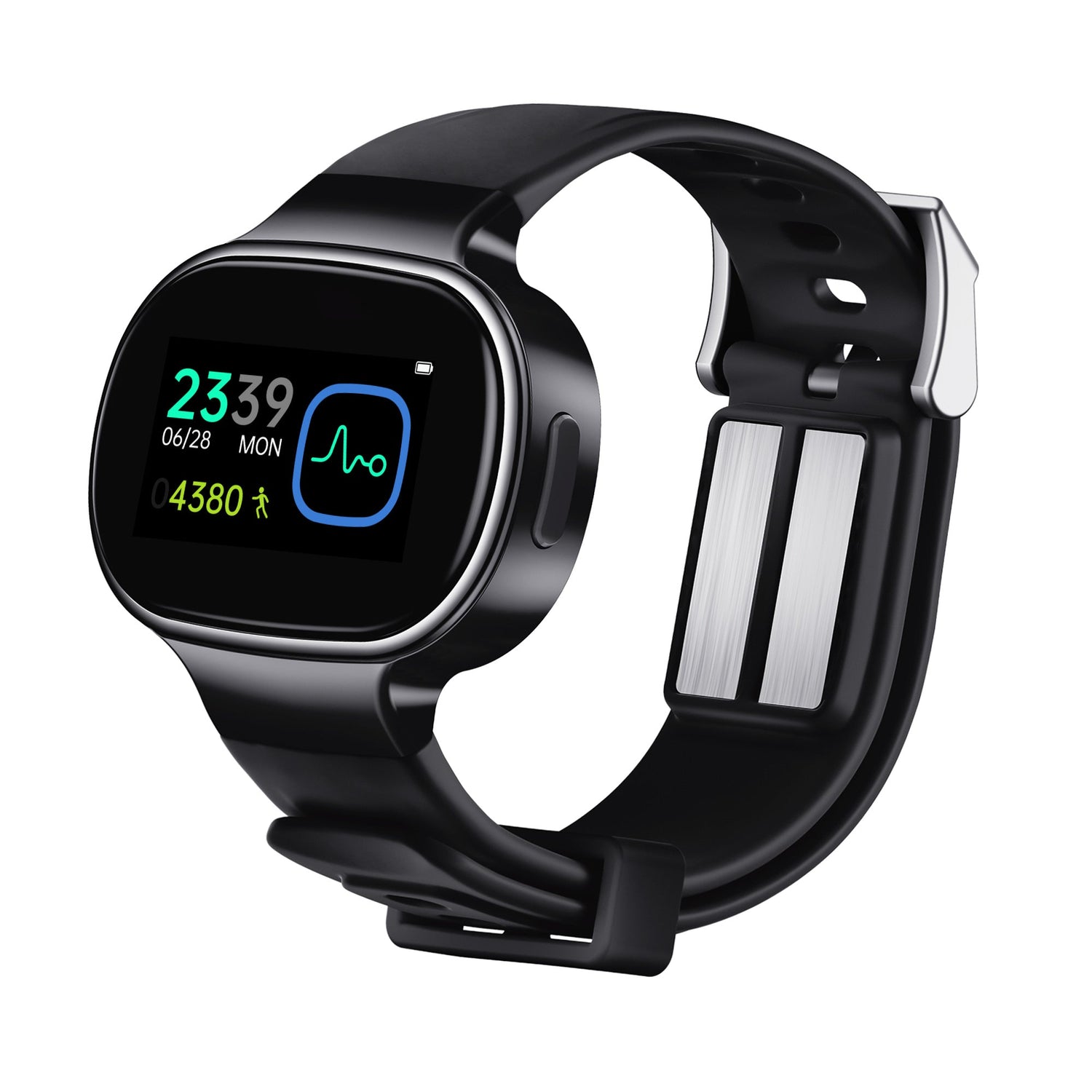As summer arrives, travelers seeking cooler climates often head to high-altitude destinations. While the views are spectacular, many face an unwelcome companion: altitude sickness, or acute mountain sickness (AMS).
Causes of Nausea and Vomiting in Altitude Sickness
Altitude sickness arises when the body cannot acclimate to decreased oxygen availability at elevations typically above 2,500 m (8,200 ft). It ranges from mild discomfort—headache, fatigue, and lightheadedness—to life-threatening conditions such as high-altitude pulmonary edema (HAPE) or high-altitude cerebral edema (HACE). Common symptoms include: Headache (often the first sign), nausea and vomiting, fatigue and weakness, shortness of breath upon minimal exertion, loss of appetite and more.
Nausea and vomiting are common symptoms of altitude sickness, particularly in the moderate stage. Why do people feel nauseous in high-altitude areas? Here are some related scientific principles.
-
- Slowed Digestion: Oxygen prioritization to vital organs reduces blood flow to the gut, delaying gastric emptying and triggering nausea.
- Increased Brain Pressure: Hypoxia causes brain blood vessels to dilate (cerebral vasodilation), raising pressure inside the skull and stimulating the brain's vomiting center.
- Nervous System Imbalance: Hypoxia disrupts autonomic tone, often leading to parasympathetic overactivity, which can cause gastrointestinal spasms and vomiting (Johnson & Patel, 2019).

Benefits of EmeTerm for High Altitude Travel
EmeTerm has a certain alleviating effect on the symptoms of nausea and vomiting that occur during altitude sickness. For travelers seeking effective relief from nausea without medication, EmeTerm offers a compelling solution. This FDA-cleared, portable device utilizes transcutaneous electrical acupoint stimulation (TEAS). By delivering gentle electrical pulses to specific acupoints on the wrist, EmeTerm helps modulate autonomic nervous system signals, promoting balance and alleviating nausea. While traditionally used for motion sickness, it offers significant benefits for altitude travelers.
A recent randomised controlled trial demonstrated that a wearable transcutaneous electrical acupoint stimulation bracelet significantly reduced the incidence and severity of postoperative nausea and vomiting (PONV) in patients undergoing surgery (Wang N. et al, 2022). While the specific conditions differ, this study underscores the potential of targeted electrical stimulation in managing nausea through neuromodulation - the same core principle employed by EmeTerm for nausea and vomiting in altitude sickness.
EmeTerm effectively mitigates motion sickness symptoms (including carsickness, airsickness, and seasickness) during transit to elevated destinations, reducing physical discomfort throughout the journey. In addition, EmeTerm as a complements acclimatization, helps maintain hydration and nutrition intake by reducing nausea, supporting the body's natural adaptation processes, offers preventive benefits against altitude sickness by proactively diminishing the onset and severity of nausea reactions specifically associated with acute mountain sickness (AMS).
Self-checklist for Acclimatization to High Altitudes
In order to have a safe and comfortable trip on the plateau, we recommend:
1. Ascend Gradually: Increase sleeping altitude by no more than 300–500 m per day above 3,000 m.
2. Stay Hydrated & Nourished: Drink ample fluids and eat carbohydrate-rich meals.
3. Limit Alcohol & Caffeine: Both can contribute to dehydration and worsen symptoms.
4. Rest & Moderate Activity: Allow your body to adapt before undertaking strenuous hikes.
5. Go with EmeTerm: Wear EmeTerm before the trip to prevent possible nausea symptoms.
In addition, early recognition of worsening altitude sickness is crucial. Travelers should immediately administer supplemental oxygen and seek emergency medical care when observing following key indicators:
1. Oxygen saturation (SpO₂) dropping below 90%: indicating severe hypoxemia requiring immediate correction.
2. Resting heart rate exceeding 100 bpm: signaling cardiovascular strain and compromised oxygenation.
3. Development of neurological/cardiopulmonary symptoms including: Palpitations with chest tightness, or unresolving severe headache.
These manifestations constitute medical emergencies where delayed intervention significantly increases morbidity risks. Immediate descent combined with oxygen therapy remains the gold-standard response.
By combining tried-and-true acclimatization strategies with modern solutions like EmeTerm, summer adventurers can conquer altitude without compromising comfort. Pack wisely, listen to your body, and let nothing stand between you and the majestic heights.
*This document provides informational resources about altitude sickness awareness and symptom recognition. It does not constitute medical advice, diagnosis, or treatment protocols. The observation thresholds and symptom descriptions serve as educational reference points only.
References:
1. Johnson, M., & Patel, R. (2019). Hypoxia-induced dysregulation of autonomic control: Implications for altitude sickness. Frontiers in Physiology, 10, 186.
2. Wang, N., Ding, P., Zheng, D. Y., Pu, J., Yang, L. Y., Zhou, Y. Y., ... & Li, Y. H. (2022). Wearable transcutaneous electrical acupoint stimulation bracelet for prevention of postoperative nausea and vomiting in patients undergoing hysteroscopic surgery: a randomised controlled trial. British Journal of Anaesthesia, 129(4), e85-e87.
4. www.watmedical.com

